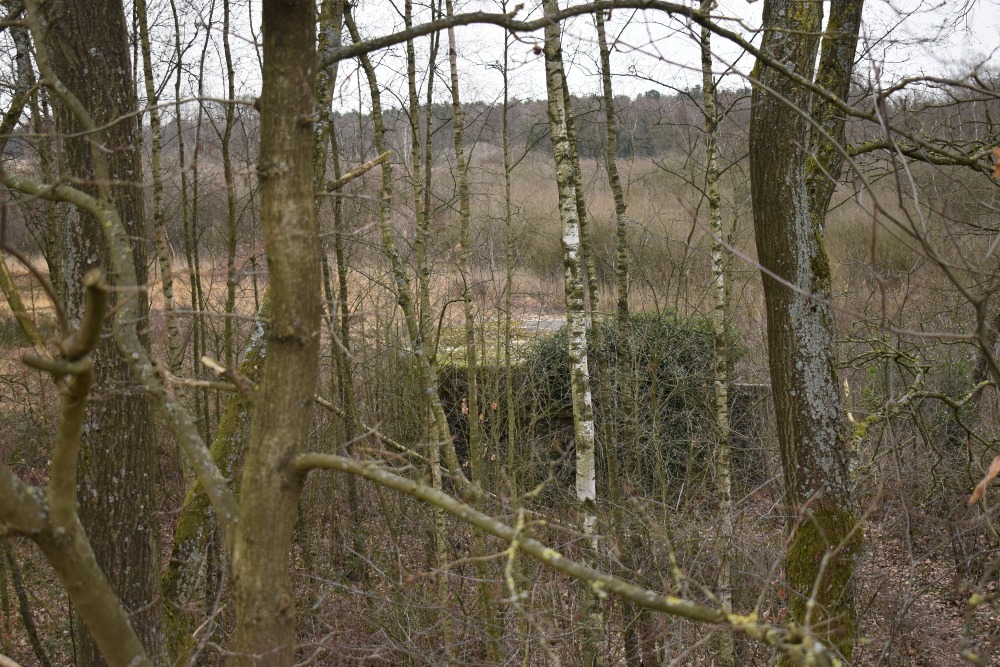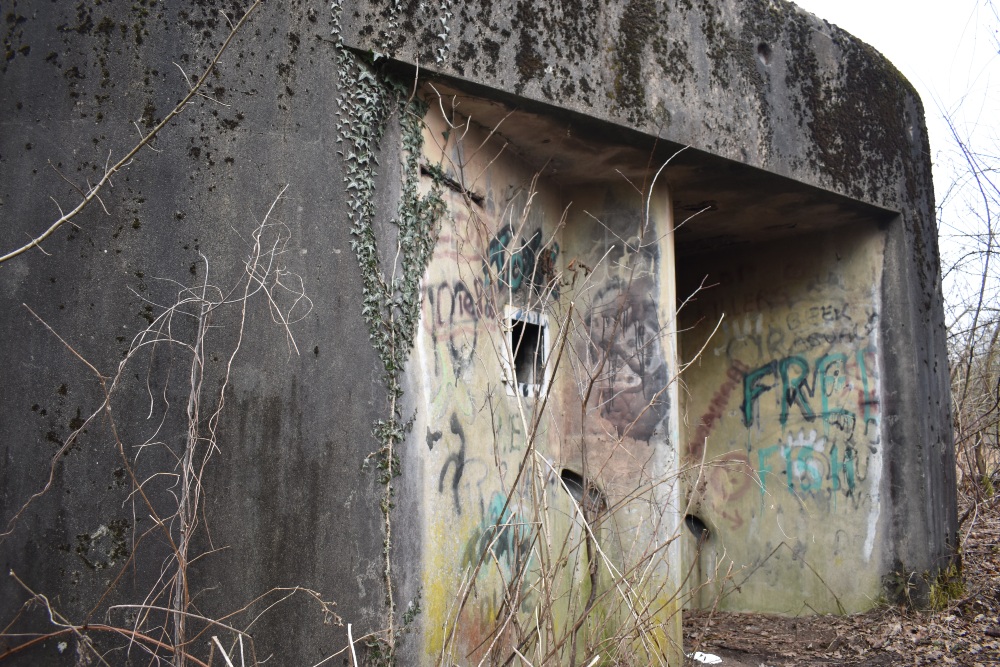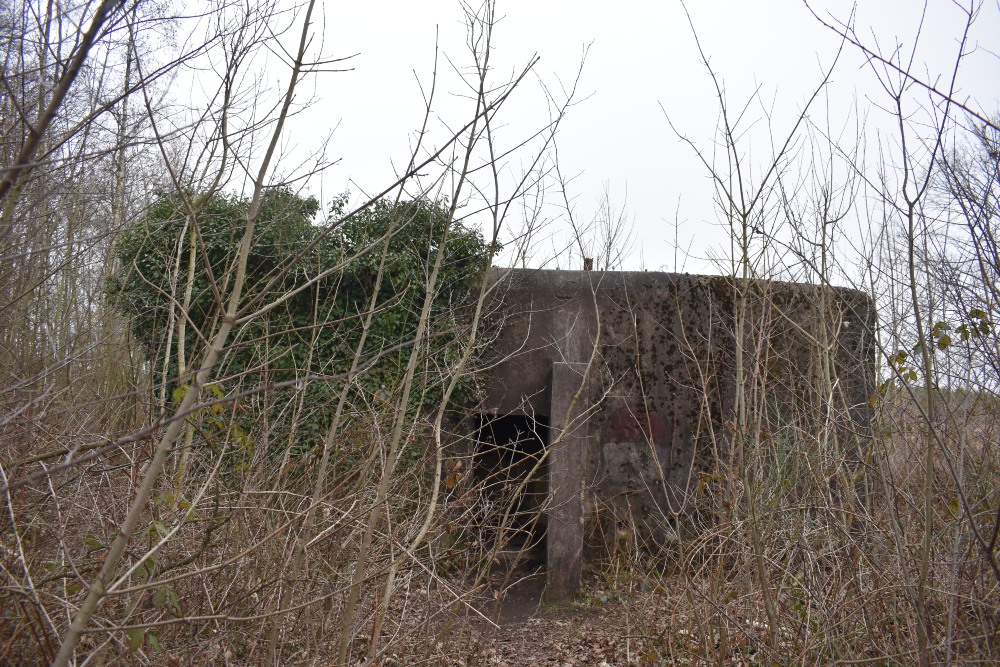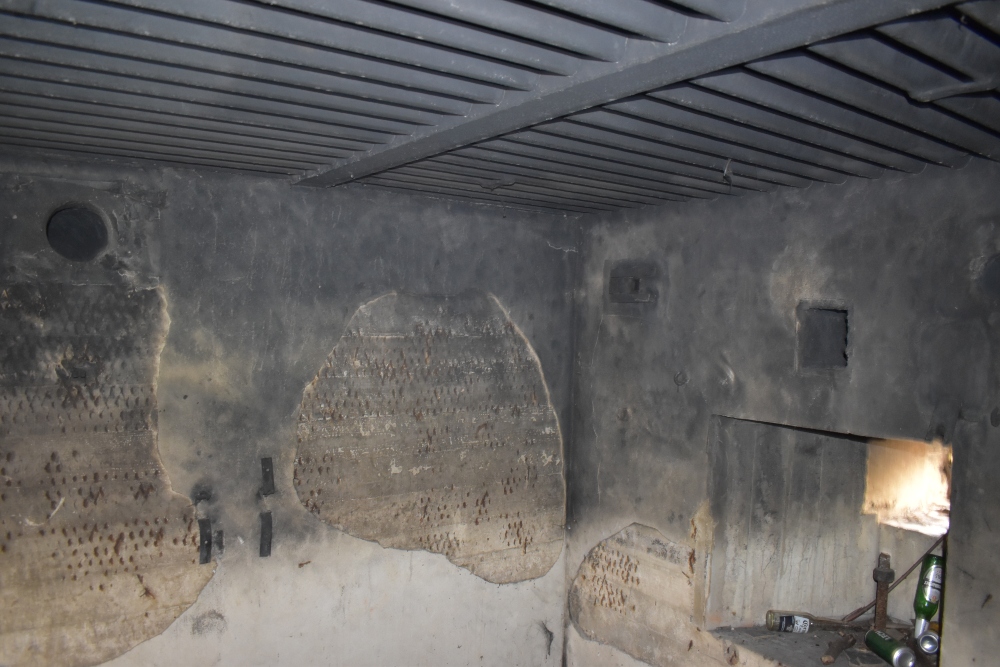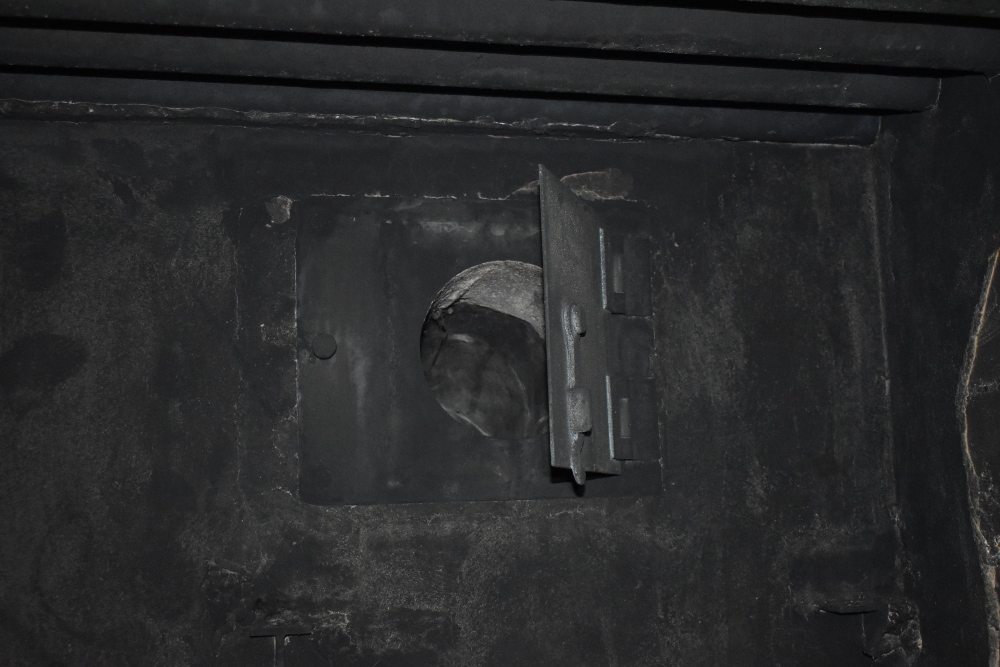Diepenbeek Lock Bunker D2
This is bunker D2 and is located north of the Albert Canal as part of a defence bridgehead set up to provide additional support at the canals locks .The recently built Albert Canal with positions on the south and west banks of the canal from Antwerp to Liege formed the Belgian Army's principal line of resistance in 1940.
The bunkers here were constructed in the period between the war being declared in September 1939 and early 1940 using similar techniques as those employed on other bunkers built on the K-W line and at Gent. When the Germans captured the bridges over the Albert Canal at Veldwezelt and Vroenhoven unleashing the 3rd and 4th Panzer Divisions ,the Belgian rear was threatened ,and so the troops along this part of the canal withdrew.
The prefix letter D denotes the bunkers location, and originally there was five bunkers within the Diepenbeek lock bridgehead. There are still three bunkers remaining : D1, D2 and D3 . A fourth was located near the lockkeepers house and controlled the passage over the lock .A fifth was built into the lock itself.
Along with the bunkers the bridgeheads had an anti-tank barrier .Here an anti-tank ditch was not constructed as planned ,and so the anti-tank aspect was made up with cointets( C-elements) and tetrahedra .
Like bunker D3, D2 is located in the De Maten nature reserve, and moreover of the three bunkers remaining in the area it offers the easiest access both outside and inside .It has four shooting sides and as such is a four chambered bunker. Facing north ,the bunkers four loopholes are positioned to direct enfilading fire roughly on an east-west axis covering bunkers D1 and D3 parallel to the canal line.
The two images of the interior include some of the original features such as the corrugated iron ceiling (to protect occupants when hits on the concrete above would otherwise cause cement shrapnel),viewing slits, blast holes for the machine guns, rack supports( kit storage) ,ventilation ducts and a close up of one of the metal hatches used to cover the grenade gully. Caution and as well as respect should be observed should you wish to enter as there is a lot of glass and clutter like furniture blocking the probable emergency exit(as of 2021).
Do you have more information about this location? Inform us!
Source
- Text: Ian Paterson
- Photos: Ian Paterson
- https://www.youtube.com/watch?v=cJQ70sTHOGI
Nearby
Point of interest
Monument
- War Memorial Godsheide - Godsheide (Hasselt)
- Memorial to the Drowned Children - Godsheide (Hasselt)
- War Memorial - Holy Heart Statue Diepenbeek - Diepenbeek
Cemetery
- Belgian Graves Veterans Godsheide - Godsheide (Hasselt)
- Belgian Graves Veterans Diepenbeek - Diepenbeek
- Belgian War Graves Diepenbeek - Diepenbeek
Remembrance Stone
- Stumbling Stones Maastrichterstraat 108 - Hasselt
- Stumbling Stone de Gerlachestraat 9 - Hasselt
- Stumbling Stones Demerstraat 43-45 - Hasselt
Fortification
- Diepenbeek Lock Bunker D3 - Diepenbeek
- Lock bunker BH-18 Diepenbeek - Diepenbeek
- Diepenbeek Lock Bunker D1 - Diepenbeek
